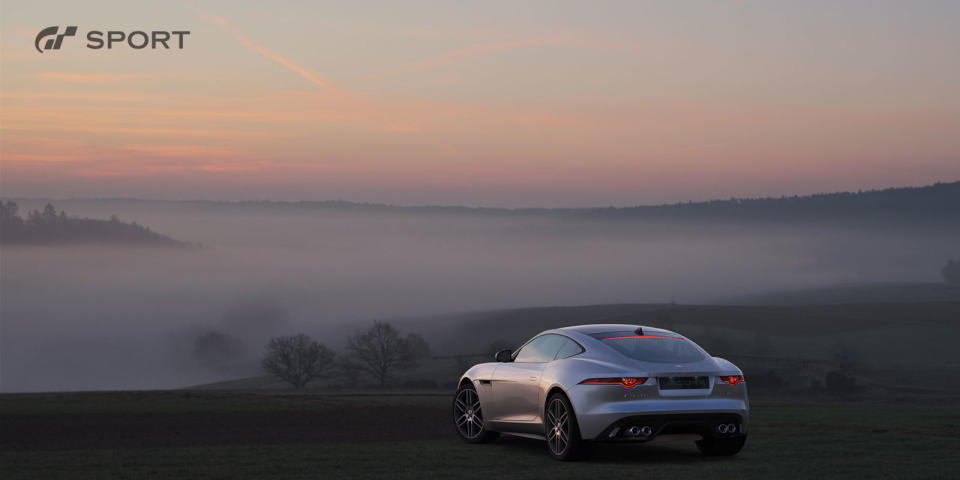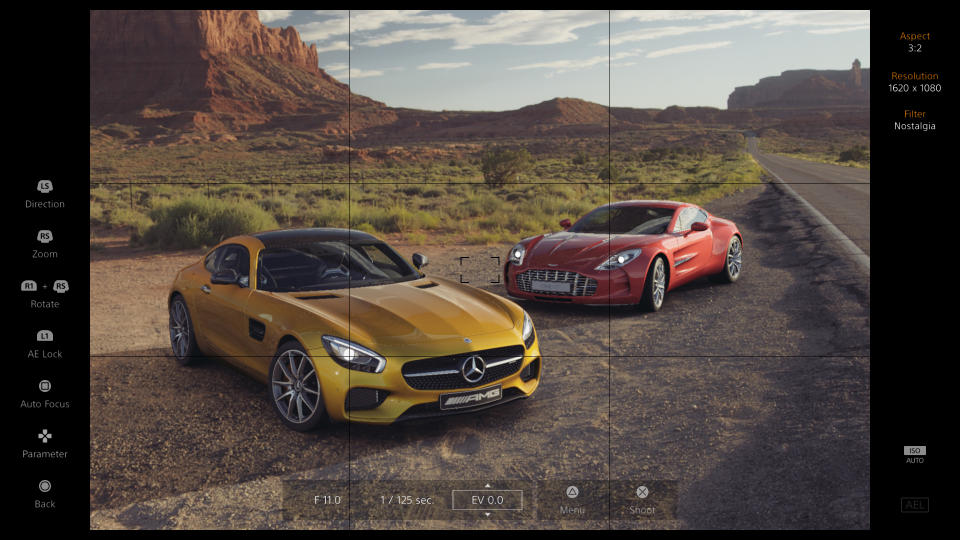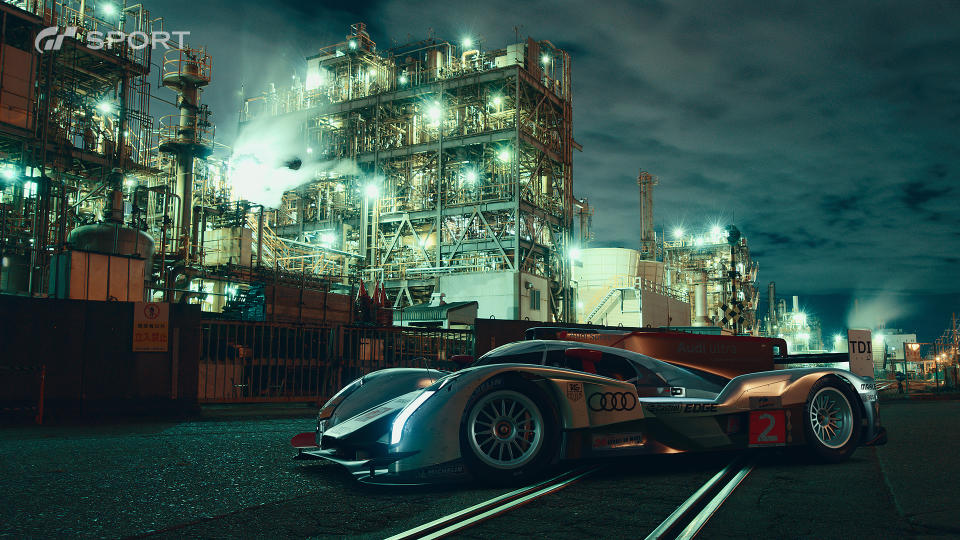Racing Video Games Have Become the New Bedroom Car Posters

When Gran Turismo Sport is released in November, aficionados of Sony PlayStation's flagship driving game will have a new skill to master: the art of automotive photography. Scapes, the next generation of the game's Photo Mode, will enable players to drop photo-realistic images of their favorite personalized race cars onto landscapes, snapped by the car industry's leading photographers, while toying with the angles, lighting, and shutter speeds as if they were in the field. From there, those images can be downloaded and turned into wallpapers for phones, used as avatars, and even shared on Snapchat.
If this all sounds like an updated take on the car posters kids used to put on their bedroom walls, that's because that's what racing video games have essentially become for modern young enthusiasts.
For gearheads of bygone eras, magazine cut-outs of Lamborghinis taped inside high school lockers or that "flying Porsche" poster hung on a bedroom wall used to be the closest teenagers could get to their dream car. But these days, highly realistic racing games have taken car lust to a much higher level, allowing kids to delve deep into a vehicle's history and construction, customize its livery, and test its mettle on a track-all from the comfort of their couch. What these same kids might not realize, however, is that they are being influenced in ways that no poster can compete with.

Research has shown that the brain releases the same neurotransmitters and hormones during driving games as they would during a physical race, says Alexander Edwards, president of brand consulting firm Strategic Visions. With 1:1 vehicle replicas and technically accurate tracks, the virtual world is so realistic that players start responding to the games on a chemical basis as if they were actually there. In fact, the experiences have become so life-like that if players clock enough hours in Gran Turismo they can get their FIA license valid for amateur racing in some countries.
According to Edwards, such intense emotions imprinted over hundreds of hours of playing these racing games can end up having a huge effect on kids. They can mold their identities, influence their automotive aspirations, and even guide their vehicle purchases.
"Video games have an incredible impact on our self perception," Edwards says. For the most avid players, games enable them to become that ideal version of themselves, and as a result, the cars they play are the ones they aspire to own. As an example, Edwards hosted a focus group of males between the ages of 11 to 16 and found that for those participants Fords and Chevrolets were the vehicles they were most interested in because those were the cars they "drove" in video games.
"They're saying, 'I can't drive yet, but when I drive I want to drive the one I have a good experience with in a video game,'" he says. Although it's not clear if video games drive the desire to buy certain brands, or if brand affiliation influences the cars a person selects in a game, the link is too clear to ignore-brands that have the highest percentage of young buyers, such as Kia, Mazda, and Scion, also have the largest portion of players.
Landing its P1 hypercar on the cover of Forza Motorsport 5 in 2013 turned McLaren from a niche British supercar make for many into a household name practically overnight.

It's a phenomena that has worked to McLaren Automotive's advantage. Although the company has a long and storied European racing history, it's a relative newcomer when it comes to retail sales of road-going performance cars. When it launched the MP4-12C in 2011, the company's brand recognition among the under-20 demographic in the U.S. was practically nil. Landing its P1 hypercar on the cover of Forza Motorsport 5 in 2013 turned McLaren from a niche British supercar maker known mostly to enthusiasts into a household name practically overnight.
Thanks to Forza, millions of gamers were now able to experience-at least virtually-how a 1000-horsepower carbon-fiber track car holds up at the Circuit de la Sarthe. On Forza 5 and Forza 6 alone, McLaren says its vehicles have been driven more than 90 million miles, and across all racing games, it has counted more than 1 billion impressions. It's difficult to tie sales directly to gaming, but company executives report anecdotes where customers have said they're buying a certain car based on its virtual lap time.
"We have heard direct commentary from three customers saying that video game placement influenced or outright drove a McLaren purchase," says Jolyon Nash, global sales and marketing director for McLaren. "As far as I know, nobody has told us they bought a car because they saw it on Instagram or Facebook."

Bentley is another manufacturer that could be benefitting from exposure to young fans through video games. The luxury manufacturer's core demographic traditionally leans older, but a recent uptick of Continental GT purchases by millennials has the company trying to understand the sudden interest. Without a marketing campaign or clear impetus to explain it, could the company's involvement in Forza since 2005 explain it? It's a theory that lines up with Edwards' research.
"Those that play video games have a high demand of individuality that comes from being an early adopter and wanting to stand out from others," he says. In other words, younger generations familiar with these video games who can now afford ultra-luxury performance vehicles might turn toward less obvious brands, and at least image-wise, Bentleys and McLarens are new and novel compared to the "standard" Lamborghinis, Maseratis, and Ferraris their parents drove (or, more likely, wanted to drive).
But even as the times have changed and kids look toward video games to express their automotive aspirations, as often is the case in the car world, there's always something pulling us back, toward the cars and trends of previous generations. To satisfy this nostalgic yearning, Gran Turismo will allow players to go old school by including scenery from the '60s, vintage livery, and filters to makes Scapes photos look retro. And if they want to, players can even print out posters of these high-resolution images and hang them on their bedroom wall. As the saying goes, everything old is new again.

 Yahoo Autos
Yahoo Autos 